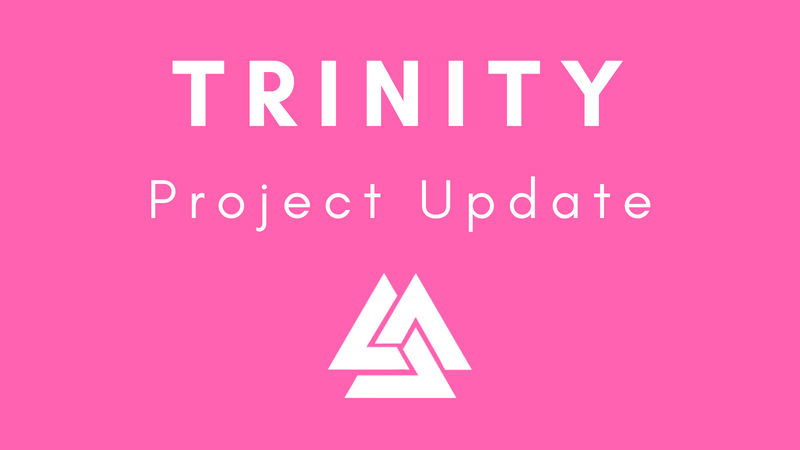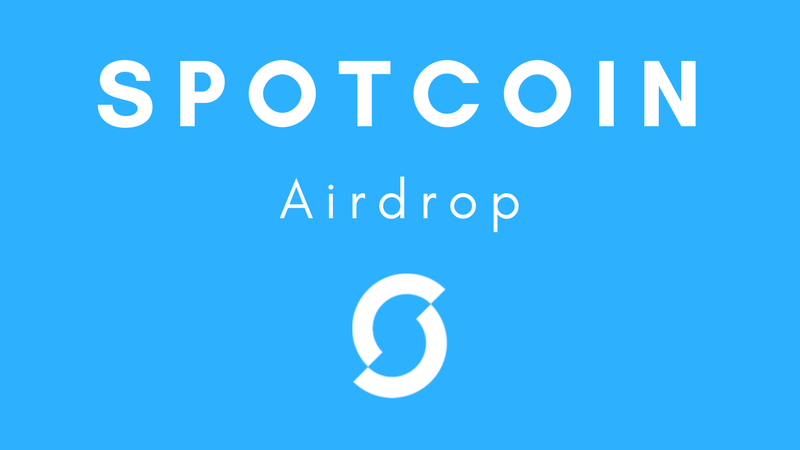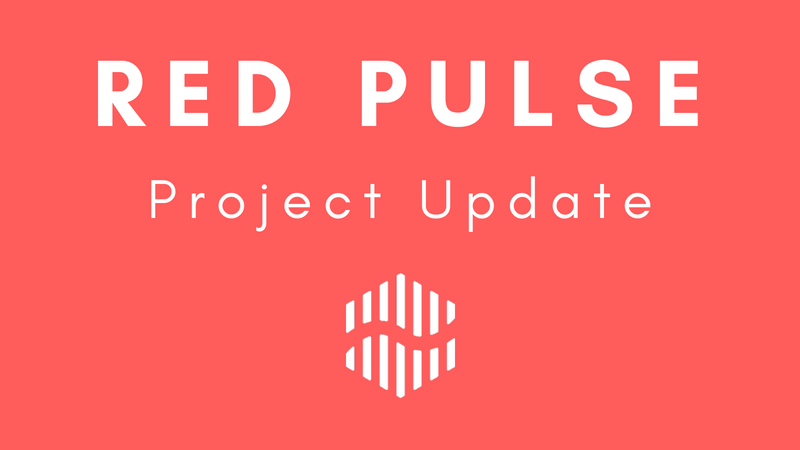
Trinity has released its bi-monthly update for the first half of September, as well as two Q&A articles. The Q&As discussed routing modes and state channels, and appear to be the beginning of an ongoing series. The Trinity protocol is a universal off-chain scaling solution that uses state channel technology to create private payment channels and real-time transactions. The protocol is agnostic, and now operates on top of two blockchain platforms: NEO and Ethereum.
Bi-Monthly Report (September 1st – 15th)
With regards to NEO-based development, Trinity reported that is has: fully integrated NEO and ETH into its web wallet; made improvements to the stability and scalability of the NEO full-node wallet; made improvements to the persistent connection monitoring; and, enhanced the application program interface (API) versatility, such as with remote procedure calls (RPC).
Trinity has also made Ethereum-based progress, which includes: improvements in the robustness of ERC-20 smart contracts, development of automated test cases and scripts, improvement of web wallet transactions, and the development and testing of the simple node deployment platform.
The first half of September also witnessed the release of the Ethereum-based Trinity State Channel Protocol on the MainNet. Trinity reports a large number of its community members were able to use the Trinity node browser, Trinity faucet, Trinity state channel’s online shopping store, Trinity state channel wallet, and other major functions on the state channel experience page.
The Trinity simple node deployment platform was designed so users can “complete web-based automation node construction with one click.” Trinity took the considerations of user preferences and security requirements, and has only launched the simple node deployment platform on the TestNet. The application period to be a tester for the platform ended on September 7th.
Trinity also announced a strategic partnership with NewEconoLabs (NEL), which NEO News Today previously covered. Through this partnership, Trinity will incorporate NEO Name Service (NNS) into its web wallet, and will work with NEL to advance the NEO game ecosystem.
To read the full article, visit the link here.
Trinity’s Question and Answer Series
Trinity has begun a Q&A series, with individual article postings, to address particular questions about technical aspects of the project. In its first two Q&A posts, the Trinity team discusses routing modes and its state channels.
Routing Modes
Trinity’s routing algorithm was developed on the basis of Graph Theory, which models the “pairwise” relationship between two objects. Graph Theory expresses the connection state of the distributed network and the visualization of a path or a connection.
Compared to other routing algorithms, Trinity’s “pre-selected mode” allows for a simple routing process from node to node. The Trinity Protocol focuses on two elements for its selection algorithm, “time between paths” and “node stress.”
Trinity stated in the near future it will release visual representations (or mapping) of its state channel connections between nodes.
State Channels
In this article, Trinity addresses the differences between generalized and payment state channels. The general differences between payment channels and universal state channels is a result of scaling. The core idea of universal and payment channels is basically the same, although the specific use of a protocol is changed to achieve scalability “while keeping the operation mode of the bottom layer as it is.”
When the “core idea” is applied to NEO and its ability to store smart contracts, Trinity’s channels don’t only function as a payment channel, but can “manifest the state of smart contracts.” Thus, Trinity’s channels are referred to as “state channels.”
Currently, as the majority of smart contracts are used for token sales (i.e. NEP-5 for NEO-based token sales), ledgers primarily deal with token payments, not specific events. This lends to the misconception that state channels solely act as payment channels.
For more information about Trinity visit one of the links below.







About The Author: Dylan Grabowski
Dylan is a reformed urban planner with a passion for covering the Neo ecosystem. His objective as a writer for Neo News Today is to report news in an objective, fact-based, non-sensational manner. When not behind a computer screen, he can be found in the mountains rock climbing. Find Dylan on Twitter (@GrabowskiDylan).
More posts by Dylan Grabowski